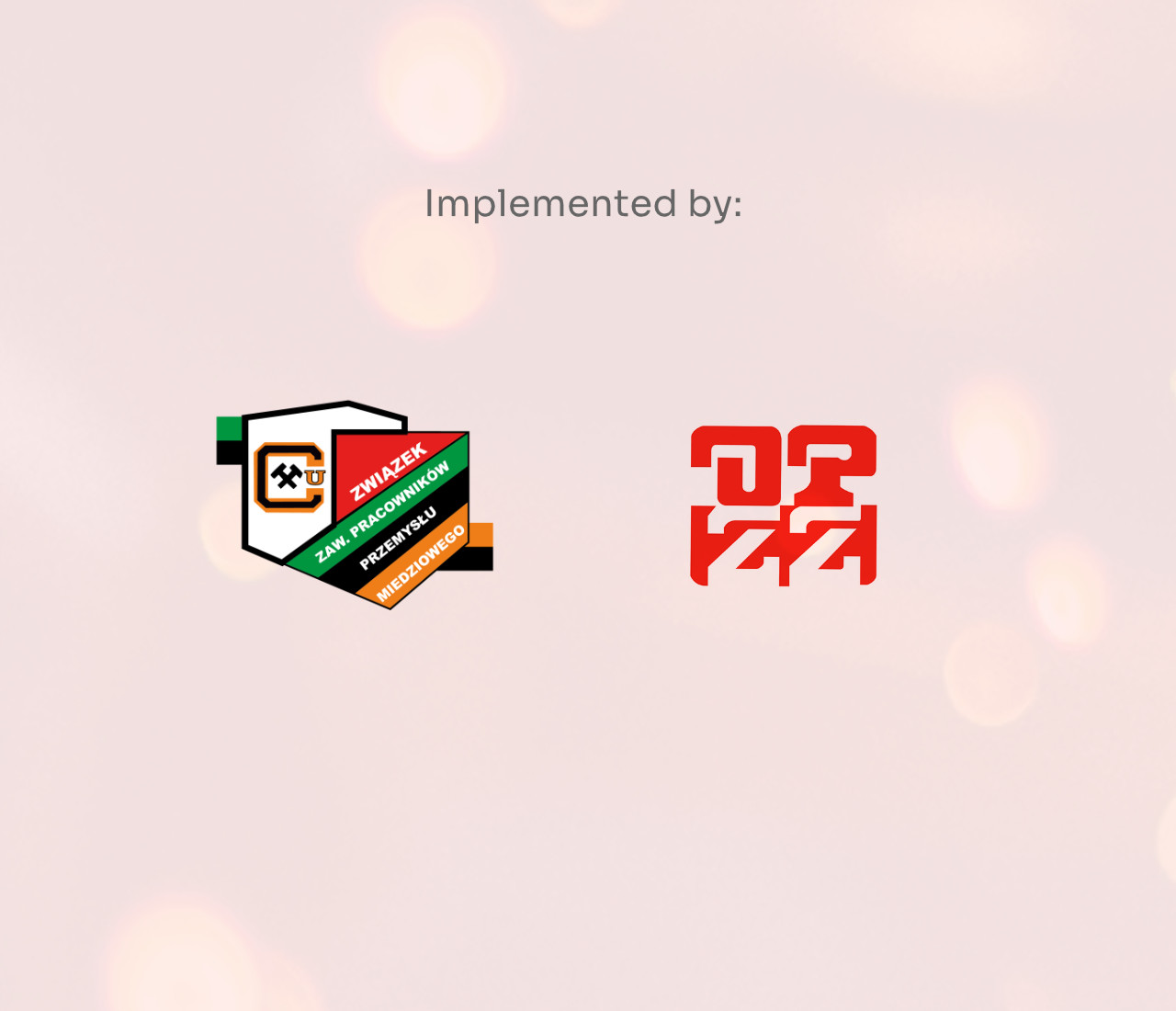The experience of the influx of Ukrainian immigrants to Polish for economic purposes and in connection with the armed conflict in Ukraine, but also foreigners as part of the crisis on the Polish-Belarusian border, are triggering profound changes in the migration policy of the Polish.
The analyzed events, legal acts, strategies and statistical data indicate a change in its profile: from transit and emigration to immigration. Therefore, the subject of the study is to check to what extent the existing assumptions of the top-down migration policy have been implemented into practice in the context of migration crises from 2021-2022. Against this background, two processes are clearly taking shape: the government's differentiated approach to the problem of migration – dependent on the calculation of political interests, and the active involvement of civil society – on an unprecedented scale – in creating local conditions for the integration of foreigners.
The reception of several million Ukrainian citizens and the help provided by Poles means the bottom-up formation of a hitherto non-existent "culture of welcome". However, this is in contrast to the securitisation of migration carried out by the government since 2015. Therefore, it is worth assessing the factors influencing social behaviour and political decisions, as they shape the new migration policy of the state.




